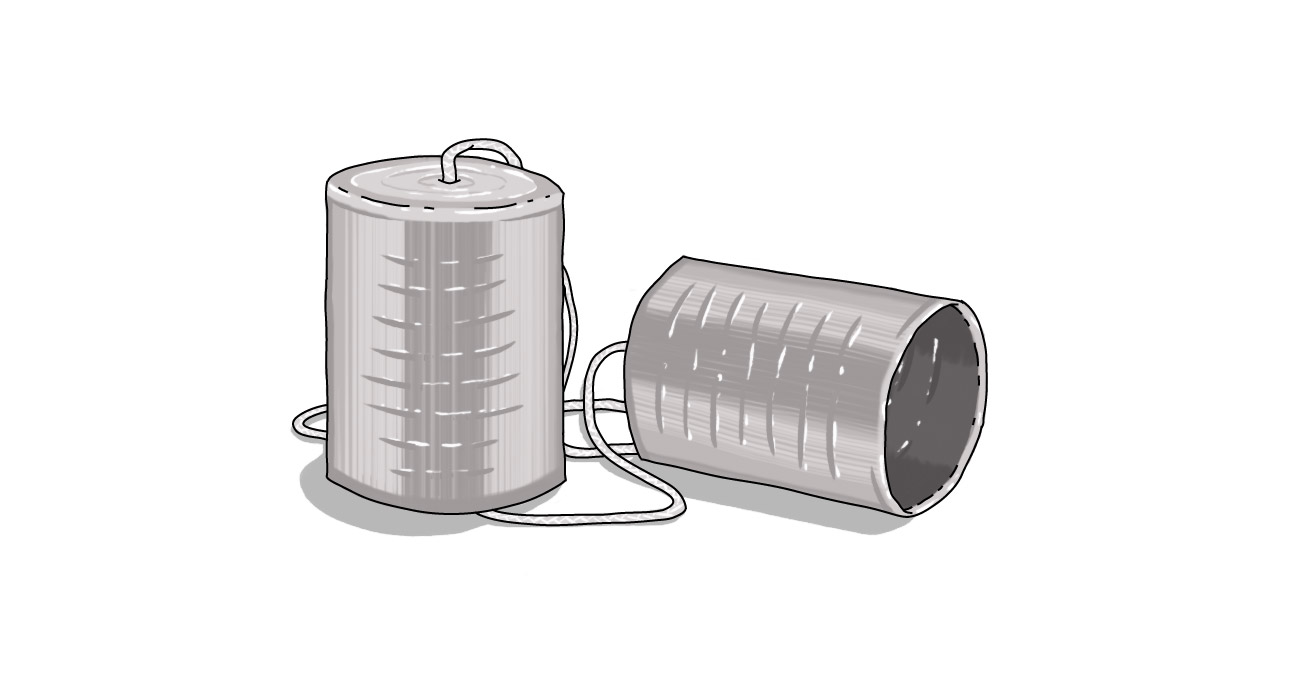Hardly a Slacker: Slack and Accessibility

We often fall into the habit of focusing on broadcasting information when we discuss accessibility: how can we ensure our message is accessible to the largest possible audience. But creating accessible and usable content is about communicating your message effectively so all can get the same value from it – and that includes two-way (and often real-time) communication.
In this post, I'm going to focus on online communication, between peers and colleagues. The Digital Echidna team uses Slack for online group and individual messaging for all manner of things. I was introduced to it a few weeks ago.
My first attempts at using Slack, with Internet Explorer 11 and JAWS for Windows 14, were challenging at best. While there were edit fields in which to write messages, there was no obvious means to send them. I still have no idea how to reply to existing messages. Not all was lost though. I could at least sign in independently (the audio CAPTCHA was relatively comprehensible) and edit my profile.
I attempted Slack for iOS, but was disappointed there too. I could sign in, but buttons were oddly labelled (a back button was labelled "hash 1") and the contents of any messages were displayed as a series of numbers followed by the sender's name.
However, what was far from disappointing was Slack's response. Connected by my boss through Twitter, a Slack employee and I corresponded back and forth over the long civic holiday weekend, and those interactions left me optimistic improvements would happen. Not only did she pledge to pass on my comments to the appropriate people who could make changes, she also acknowledged Slack's accessibility was less than what it should be. The latter admission is uncommon and I respected her honesty.
This ongoing tale was updated again just days ago. With the release of Slack for iOS 1.50, I've seen huge improvements. All buttons are labelled, text fields are easily accessed, and sending direct messages or mentions of others is straightforward.
There are some minor issues (there is no audio indication that activating some elements has had the expected effect and some controls aren't located in the expected places), but these are minor inconveniences rather than severe usability problems. I am deeply impressed. I hope improvements to their web interface will soon follow suit.
This is accessibility communication done right. I applaud Slack for these changes, but will keep in touch with them should anything break again. For now though, I will simply enjoy participating in online discussions with my colleagues.
Is Slack accessible?
What accessible communications tools are out there?
SUBSCRIBE TO OUR E-NEWSLETTER
 Subscribe
Subscribe


